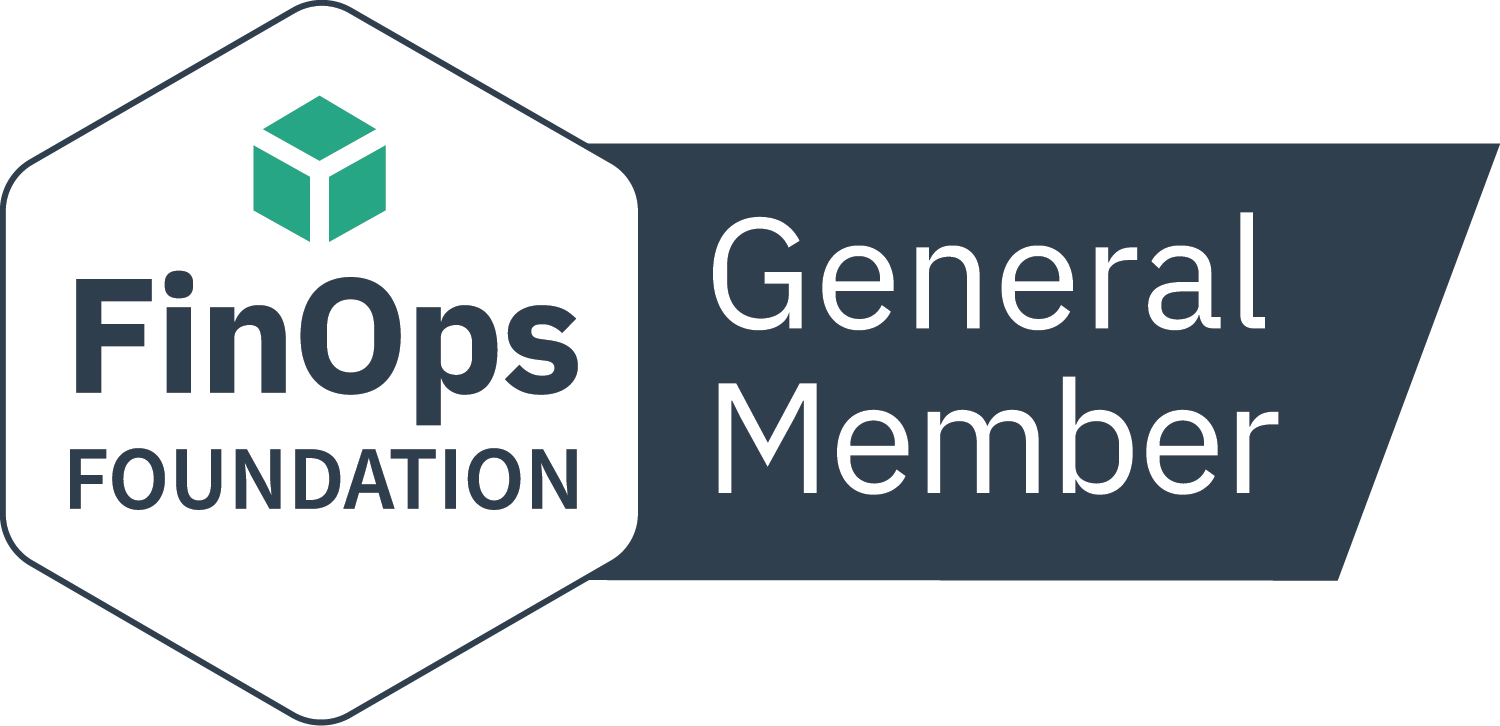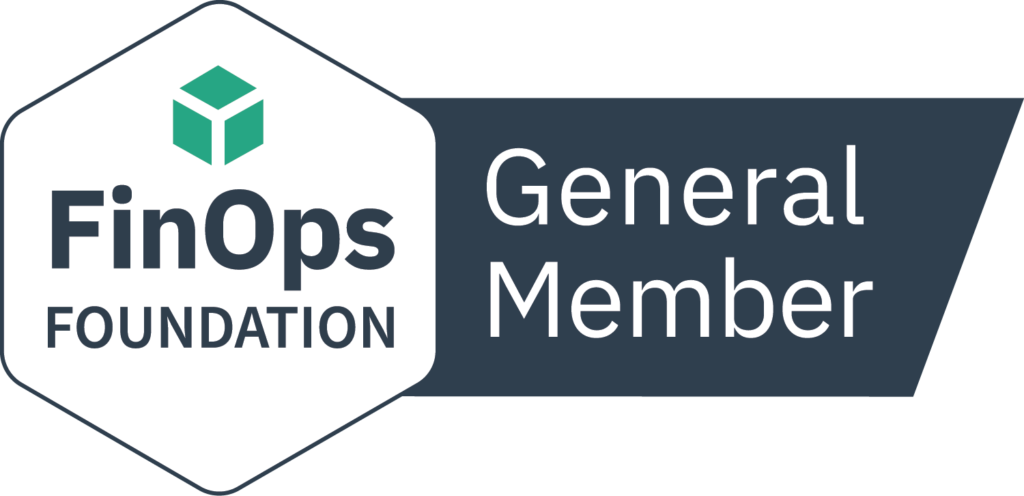In the rapidly evolving world of cloud computing, a critical challenge is emerging that’s keeping technology leaders up at night: cloud cost management. Recent data reveals a startling trend – three-quarters of companies worldwide are missing their cloud budgets, pointing to a systemic problem that goes far beyond simple cost-cutting. Implementing cloud cost guardrails can help address these budgetary issues.
The Cloud Cost Conundrum
Traditional approaches to cloud cost management have been fundamentally flawed. Companies have been laser-focused on optimization, treating it as a silver bullet. But here’s the harsh reality: optimization alone is not enough. Without proper governance and cost avoidance strategies, including cloud cost guardrails, cloud spending can quickly spiral out of control.
Guardrails: The Critical Infrastructure of Cost Control
Cloud cost optimization is not a one-time event, but a continuous journey. While initial optimization can deliver significant savings, without proper guardrails, organizations will quickly find themselves back where they started—or worse, facing even higher cloud expenditures. Therefore, it’s essential to establish strong cloud cost guardrails.
A Real-World Case Study
Consider this eye-opening example: A company with an $18 million cloud spend initially saved $2 million through an optimization project. Sounds great, right? Not so fast. Within just four months, their spending had returned to the original level, and by 18 months, it had exponentially increased beyond their initial baseline. Cloud cost guardrails could have helped maintain those savings over time.
The Holistic Approach to Cloud Cost Management
The key insights from this scenario are clear:
- Optimization is necessary but not the complete story
- Governance and guardrails are crucial
- Accountability is paramount
Breaking Down Accountability
In the case study, the solution wasn’t just about cutting costs. It was about creating a comprehensive strategy that:
- Implemented optimization techniques
- Allocated costs across 179 different application teams
- Created a system of shared responsibility
By distributing cost accountability, organizations can create a culture of financial mindfulness. When every team is responsible for their portion of cloud spending, collective effort becomes a powerful tool in managing costs.
The Optimization-Governance Lifecycle
Imagine cloud cost management as a living, breathing ecosystem that requires constant nurturing and strategic intervention. Just like a garden needs regular pruning, weeding, and careful cultivation to thrive, cloud infrastructure demands a dynamic and iterative approach to maintain its health and efficiency.
- Initial Optimization: Identify and eliminate immediate waste and inefficiencies.
- Guardrail Implementation: Set up comprehensive monitoring, alerting, and policy frameworks.
- Continuous Monitoring: Regularly track and analyze cloud resource utilization.
- Periodic Review: Conduct systematic assessments to refine and improve cost management strategies.
- Adaptive Optimization: Make data-driven adjustments to maintain cost efficiency.
The AI Cost Wild Card
Adding complexity to the cloud cost challenge is the rising expense of AI technologies. Companies are finding AI implementation not just technically challenging, but financially demanding. This new dimension makes a holistic approach to cloud cost management even more critical. Thus, incorporating cloud cost guardrails becomes vital in managing these expenses.
The Path Forward
Cloud cost management is no longer just a technical problem – it’s a strategic imperative. Organizations need:
- Transparent visibility into cloud spending
- Robust optimization techniques
- Strong governance frameworks
- Distributed accountability
Conclusion
The future of cloud cost management lies in moving beyond simple optimization to a more nuanced, comprehensive approach. It’s about creating a single source of truth that provides accuracy, enables efficiency, and empowers teams to make informed financial decisions.
As cloud technologies continue to evolve, so must our strategies for managing their costs. The companies that succeed will be those that view cloud spending not as a line item to be cut, but as a strategic investment to be carefully cultivated. Implementing cloud cost guardrails plays a major role in this strategy.
– DigitalEx Team –



